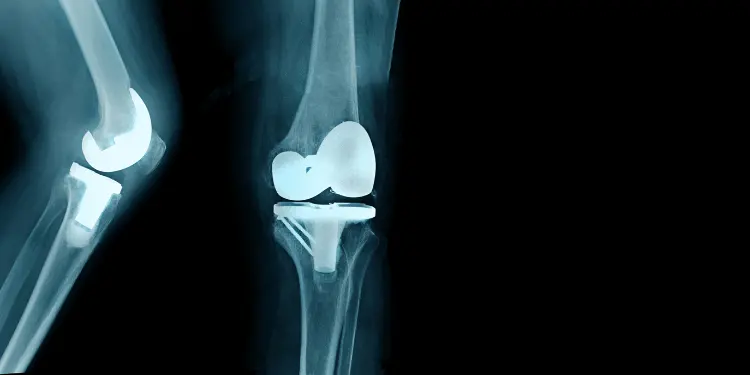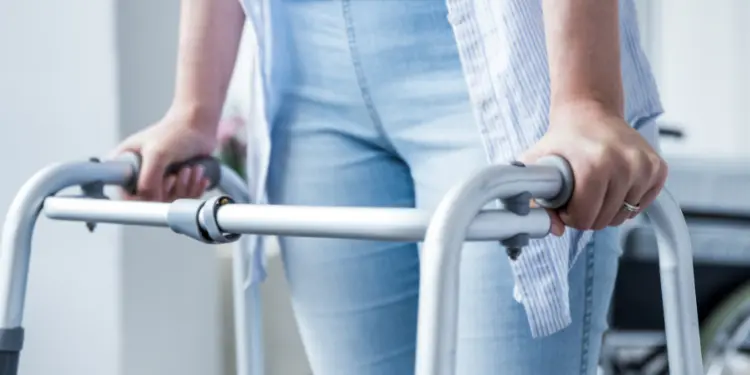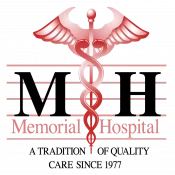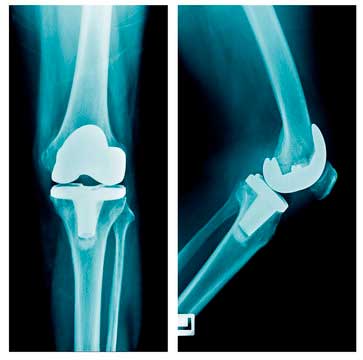Total knee replacement surgery isn’t just for former athletes anymore. It’s becoming more and more prevalent with people who have never kicked a ball or ran a marathon.
Knee pain can be debilitating for everyone. Once the surgery is complete and called a success by your doctor, you’re just getting started. A patient’s recovery and rehabilitation plan are both crucial to the overall success of the surgery.
A successful recovery plan can help you:
- Leave the hospital sooner
- Regain knee strength and range of motion faster
- Resume independent living
- Avoid complications
Pain and Recovery

Pain:
After a total knee replacement, a patient will feel pain. There is no getting around it. It’s inevitable. Once the patient is out of surgery and waking up from the anesthesia, doctors will prescribe a combination of pain medications to minimize the effects of pain and possible side effects from the surgery.
Within 24 hours, if the pain is under control, the patient may be asked to stand up and take a few steps with the aid of a physical therapist and/or a walker. Patients who get up and bear some weight (with assistance) on their new knees soon after surgery tend to recover more quickly than patients who do not.
Recovery:
Part of the recovery is done for the patient thanks to a continuous passive motion (CPM) machine. When you get to leave the hospital, doctors often prescribe a CPM machine that slowly moves the leg, straightening and bending the knee over and over. The machine is used on a flat, comfortable surface where the patient can lay on their back. The machine is used to help gain range of motion without having to bear weight on the leg.
Activity after knee replacement surgery

There are a few factors to consider when a doctor prescribes activity after the surgery. Patients are given weight-bearing guidelines, but it isn’t a “one size fits all” rehabilitation. The factors considered are the type of surgery performed, the type of prosthesis used, and the condition of the patient’s original bone. As time goes on, and the knee begins to heal, the doctor will recommend the patient put more weight on the new knee.
Possible complications after knee replacement surgery
- Blood clots
- Infection
- Persistent pain
- Knee stiffness or loss of motion
- Implant issues
When can I leave the hospital after a knee replacement surgery?
When a patient is no longer in pain and they can walk around a bit, it’s time to go home. Most doctors will insist that a patient walk short distances, get in and out of bed easily, and bend the knee 80-90 degrees.










